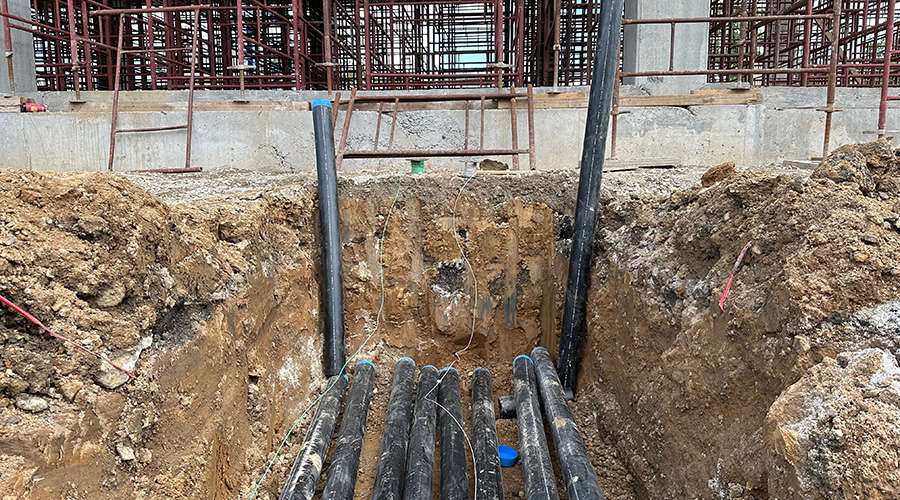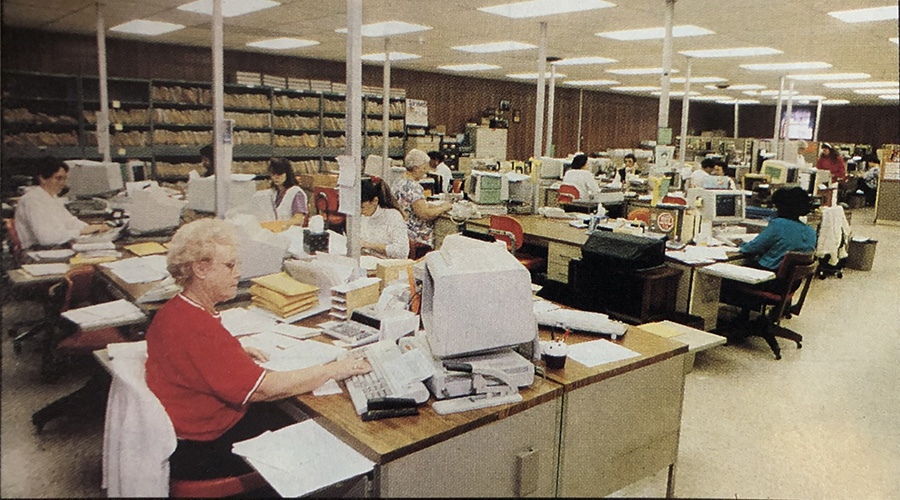How Trump’s Tariff’s May Affect Facility Management
Not only will building products become more expensive, but project timelines may also be lengthened due to supply chain delays.
By Kevin G. Sarb, Contributing Writer
As each day goes by, US trade and tariff policy fluctuates, or at least announced policy fluctuates. Announcements are made, then withdrawn, then revised. Negotiations advance then break down. This leaves a confusing landscape to navigate for facility managers. While at this point it is difficult to evaluate specific policies or policy changes, we can assume that restrictionism policies and tariffs will generally increase under the second Trump administration. It's crucial for facility managers to know the categories most exposed to potential tariff increases, the challenges tariffs can present, and lastly the opportunities possible for facility managers.
Which Categories are Most Exposed?
Product and materials categories with greater overall import value, as well as a greater proportion of value derived from imports, are most sensitive to potential increased tariffs. The products and materials categories that have the most import exposure include:
- Iron & Steel
- Nonferrous Smelting & Refining
- Household & Institutional Furniture
- Construction Machinery
- Major Appliances
- Other Nonferrous Roll/Draw/Extruding/Alloying
- Small Electrical Appliances
- Curtains & Linens
- Alumina Refined & Primary Aluminum
- Power-Driven Hand Tools
This analysis is based on comparing the value of imports in each category to the overall value of shipments in each category in the US. While for some products, most of the materials and components could be imports, they may represent a small fraction of the total value of the product when considering additional fabrication, customization, design, etc. This is the best measure since the goal is to determine how much value and cost of a product is exposed to import price fluctuations.
Now, import exposure is not necessarily tariff exposure, but is a useful starting point as specific trade and tariff policies are evolving and not yet signed into law. As a facility manager, if any of these categories are high on your upcoming purchase order priority list, there is a good chance new tariffs will have a significant impact on your bottom line.
Facility managers will likely feel the pinch from increased tariffs in 3 ways:
1. Increased Costs
Obviously, if many of the products you buy are from countries or regions with potential tariff exposure, your cost structure will materially change. The question then becomes: What opportunities are there to shift your company’s supply to the US or other countries with significantly less tariff exposure which may provide a better overall total cost when considering risks of future tariffs, potential supply chain disruption, and other factors?
To address this question, consider developing a robust total cost of supply model, factoring in product/component/material costs, tariffs and other taxes, labor, and supply risks.
2. Supply-Chain Disruptions
As tariffs are imposed, and countermeasures put in place by other countries such as retaliatory tariffs and other trade sanctions, it is possible critical inputs for your business may not be available for a time. Many facility managers have likely experienced this since 2020, and are prepared to respond with more diverse, secure supply chains. If not prepared, get prepared now!
3. Delayed Project Timelines
Not surprisingly, as more uncertainty is inserted into the supply chain, and supply chains are shifted and disrupted, there will be delays in project timelines. This will increase overall project delivery costs and reduce profitability and productivity across the value chain in the short-medium term until supply chains are fully adjusted for the new US trade policies. This will put an additional drag on productivity in the construction and facility management industry, which has been challenged for many years.
While labor productivity in construction has been declining for decades, the drop since 2020 has been even more significant, largely driven by supply chain disruptions. Given the exacerbation of productivity challenges driven by new tariffs, companies across the value chain will need to consider how they can offset these productivity challenges by contributing to enhanced productivity across the construction ecosystem. Perhaps these new tariffs will be the final straw which overwhelmingly pushes the need for more “industrialization” of construction, with more prefabricated assemblies and other industrial-like processes to increase efficiencies, accelerate delivery timelines, and enhance productivity and profits for all value chain participants.
What Opportunities are Presented by New Tariffs?
New tariffs will provide further incentives for companies to reshore more and more production to the United States. Reshoring is a trend that has been happening since the disruptions of 2020, which revealed a much more risky and fragile global supply chain than previously imagined. Data show the significantly increased spend on manufacturing construction which began to pick up in 2022 and is increasing exponentially.
Notably, nearly half of this manufacturing construction spending in 2023 was on manufacturers of computer and electronic products, electrical equipment, appliances, and components. It can be assumed that much of this spend is driven by data center construction. So, while new tariffs can create additional costs both as direct taxes on imports or indirect costs from supply chain disruption and project timeline delays, it will present opportunities to serve a higher volume and value of construction projects related to new manufacturing and production in the US.
Kevin G. Sarb is the managing director at Ducker Carlisle.
Related Topics:












